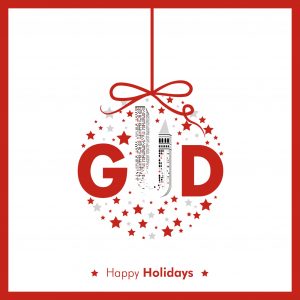Abstract In line with the 2030 Agenda for Sustainable Development, cities in Europe have implemented policies for addressing economic, social and environmental sustainability.Noise and light pollution can be regarded as challenges to sustainability, due to the detrimental effects they can have on human health, wellbeing and the environment. Increasing levels of noise and light pollution …
Abstract At an international level it is recognised that urban noise has serious and negative public health impacts. This leading editorial and the special issue it accompanies seeks to broaden this agenda. An important goal for Cities & Health is to give ear to new urban health topics, methods and collaborations. In doing so this …

Abstract The chapter presents the research outcomes developed by the author on the topic of environmental urban design and simulation, carried out at the Urban Simulation Laboratory ‘Fausto Curti’ at Polytechnic of Milan, Department of Architecture and Urban Studies. In particular, the author focuses the attention on the experiential approach: she proposes an urban design …

Abstract This contribution presents a research approach based on experiential and environmental simulations to assess urban design projects and city plans. I argue that the combined use of both methods, in parallel or together with other modes of investigation, can foster the design and evaluation process while reducing the risk of failure, thus supporting decision-making …

Abstract The contribution presents an educational approach of representation and simulation for higher education of architecture and planning. The focus is on the representation of the quality of the intangible urban issues related to the experience of places, that is multisensory perception. Since the topic is not defined by coded approaches, as happens for instance …

Abstract The “experiential” walks represent a varied and sound approach applied in different disciplines to collect knowledge about urban contexts, paying attention both to their physical and social features. Due to the inherently interdisciplinary nature of such practices and their study objects, they represent a preferential method for developing a dialogue between urban design and …
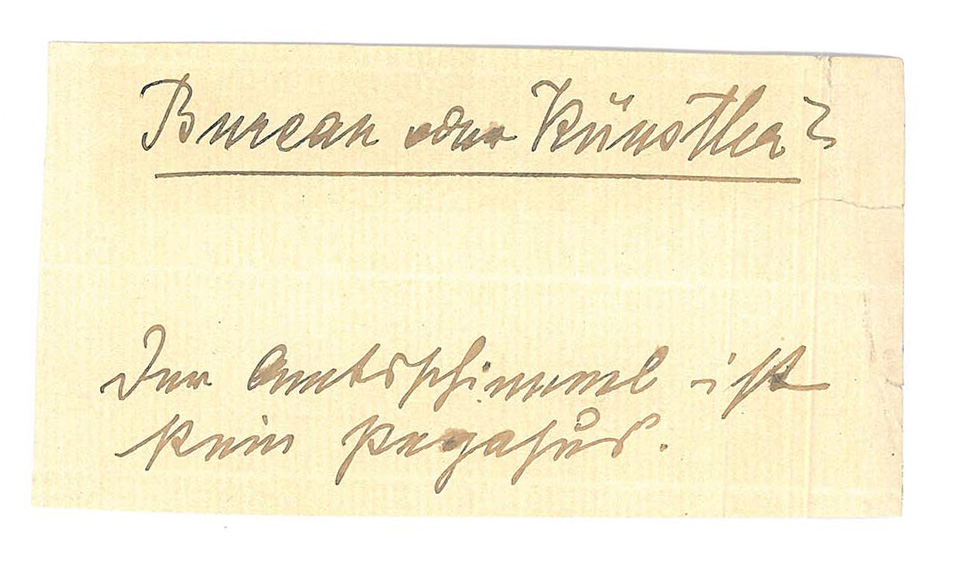
Abstract After the unexpected success of his book “Der Städtebau nach seinen künstlerischen Grundsätzen”, Camillo Sitte planned a sequel to this work, as Karl Henrici points out in his obituary published in 1904 in the journal “Der Städtebau”. Unfortunately, there is no trace of an almost finished manuscript, as Henrici tells us. Since then, the …
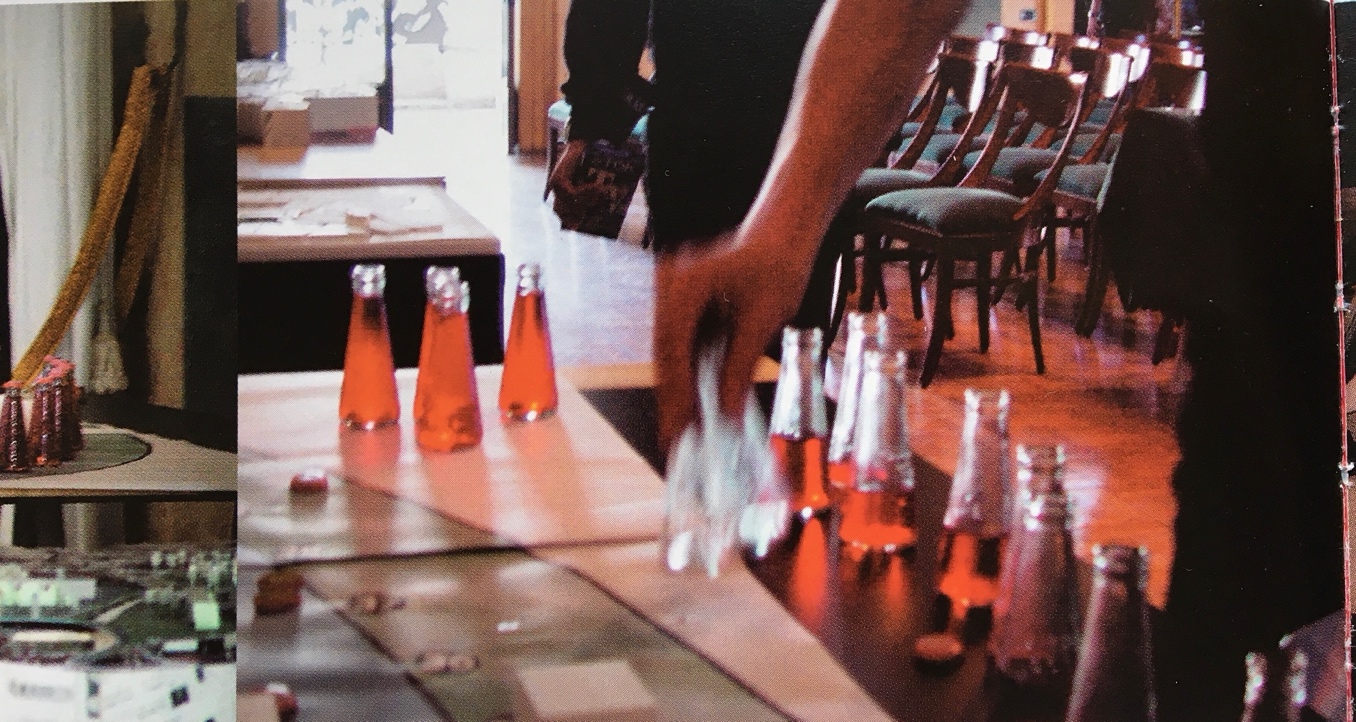
Abstract In September 2002, an exclusive international workshop was held at Café Pedrocchi in Padua under the title “intorno al vuoto”, to which architecture students from Bogotá, Seville, Venice and Vienna were invited. What was announced as a student workshop quickly turned into a fierce competition between the four schools and their different approaches to …
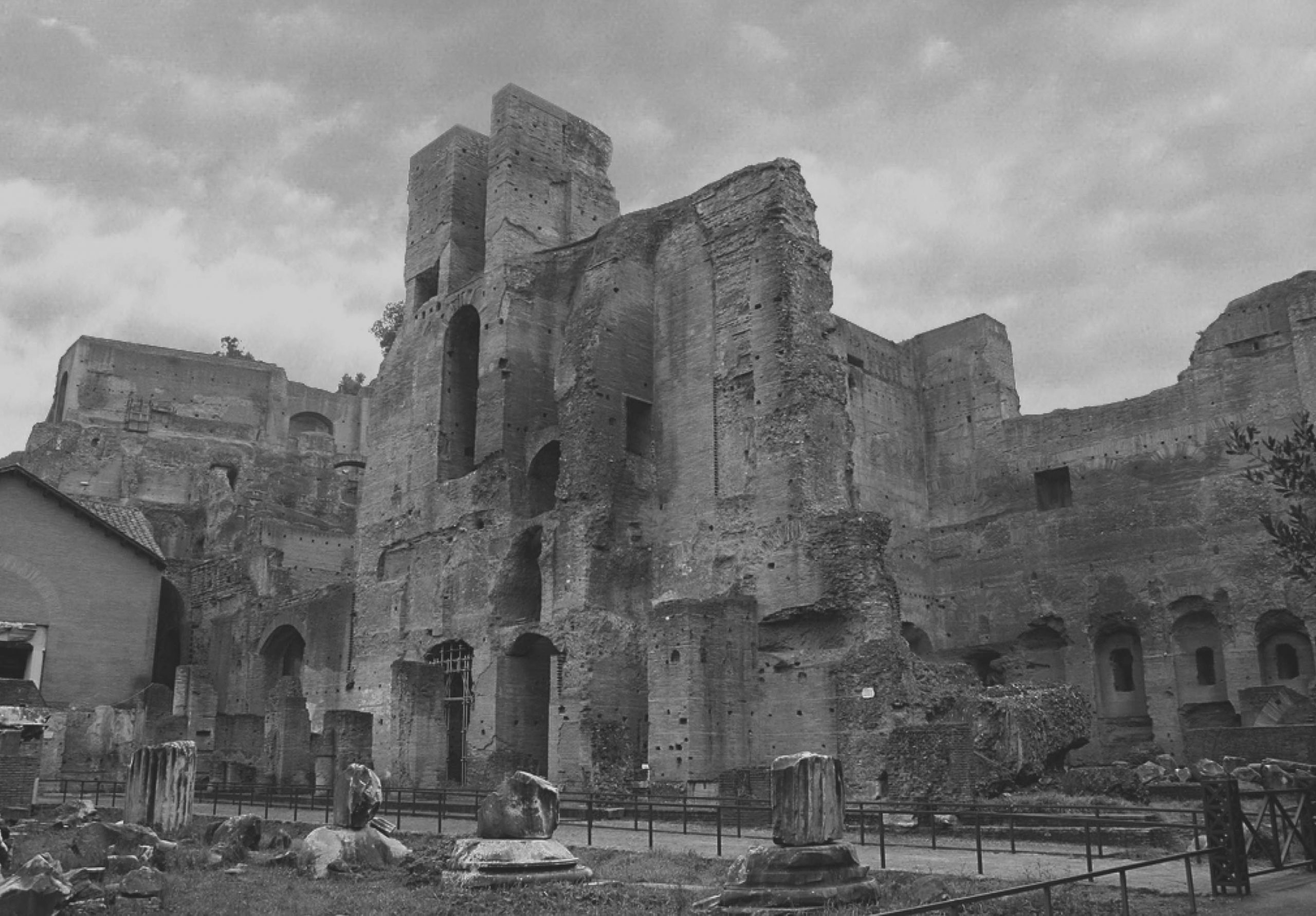
Abstract The vast ruins of the Domitian Vestibule at the Forum Romanum are the topic of this paper. It provides a short review of my Master Thesis, which is dedicated to the original Domitian building phase, its reception and architectural reconstruction. The paper focuses on the different and sometimes contradictory interpretations of the building since …
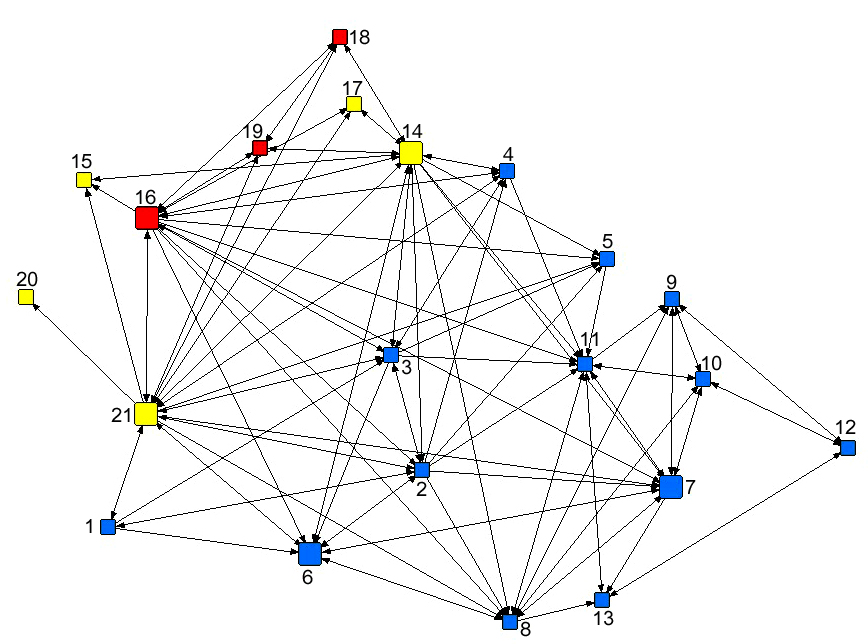
Abstract This paper asserts the exigency for urban conservation ideals to address social revitalization in urban China. Based on social capital theory and its adaptations, the proposal is an alternative conservation approach, namely social capital-initiated conservation. This approach highlights the decision-making framework of path dependency, functions of different social capital, and their cooperation patterns and …








